Motorola DROID Turbo vs Apple iPhone 6
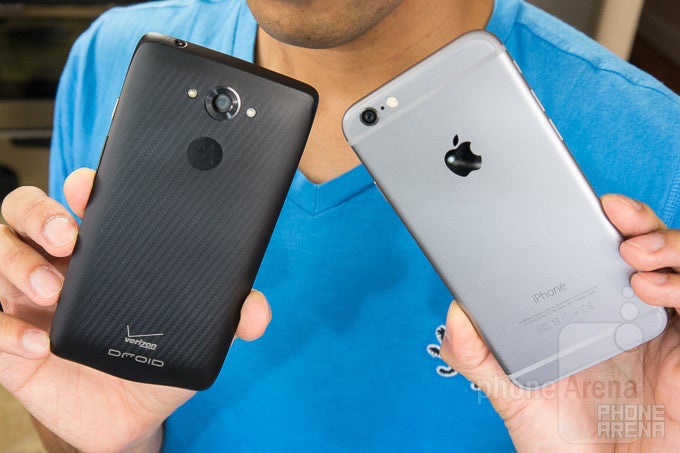
Introduction
The Motorola Droid Turbo joins the countless army of Android device right in the top ranks, as it packs probably the most impressive combinations of the latest silicon, a remarkably high-res display, and one of the largest batteries. Being at the very top of the Android rankings, however, exposes it to competition from all sides, including from the best selling iPhone 6.
It keeps visual style much more appealing, even if that means making some other compromises.
Which one would be the better choice for you? Let’s find out.
Design
The Turbo is a true ‘Droid’ soldier with almost military look. The iPhone 6, has svelte looks with an all aluminum body
The Turbo is a true ‘Droid’ soldier: powerful, with an armored, serious, almost military look. This is a style chosen on purpose, so that even the outwards masculine appearance of the device tells you it’s all about real performance power. The feeling is reinforced by the sturdy materials used to build the phone: there is a metalized glass fiber (MGF) and a nylon fiber version. The MGF sports a rubbery, utilitarian feel, while the nylon fiber has a very distinct natural fabric texture. The back of the phone is also reinforced with Kevlar fiber, and the whole phone features a nano coating so it’s water-repellent (not waterproof, though, so do not submerge it in water).
The iPhone 6, on the other hand, features a much more elegant body that would appeal equally to a much wider pool of people. While the Droid Turbo is on the chubby side, Apple’s handset is also very slim: in fact, with the Turbo measuring 0.44” thick (at its thickest), and the iPhone 6 clocking in at 0.27”, the Droid is nearly two thirds thicker than the iPhone. The iPhone is also the smaller of the two in all aspects, but most importantly - it’s narrower, making it easier to use with a single hand.
In terms of buttons, we have on-screen navigation keys on the Droid Turbo, with physical buttons of reasonable size and comfort on the right side. The iPhone 6, on the other hand, comes with high-quality, metal buttons: the lock key handy on the right, and the volume rocker on the left, and all are very clicky and easy to press.
Display
The 5.2“ Quad HD screen on the Droid Turbo is one of the sharpestout there, but it's ruined by inaccurate colors , while the not-so-sharp iPhone 6 has pleasing colors
The Motorola Droid Turbo comes with a 5.2-inch AMOLED display with a resolution of the impressive 1440 x 2560-pixels (Quad HD), while the Apple iPhone 6 features a slightly smaller, 4.7-inch screen of the IPS LCD kind, but with a much lower, 750 x 1334-pixel resolution. The Droid Turbo’s screen is remarkably sharp, with a pixel density of 565ppi, one of the highest we’ve seen on a smartphone, whereas the iPhone 6 features pixel density of 326ppi, decent, but definitely not on par with the one of the Turbo. In practical terms, this is a difference that is best seen during reading, when looking at text in tiny fonts, and is not all that evident in other cases.
Looking at colors, we’re not impressed with the AMOLED screen of Droid Turbo, though. It has excellent color temperature with accurate greyscale balance, but colors are way oversaturated, but inaccurate. The improper gamma also gives it an additional “contrast boost”, which is not accurate as well. The iPhone 6, on the other hand, has a slightly cold, bluish whites, but for all else it is pretty accurate.
For outdoor viewing, the Droid Turbo is rather tough to read with the sun present. The iPhone 6 is much easier to use outdoors. That's mostly thanks to its excellent maximum brightness of 600 nits, while the Droid Turbo is mediocre in this aspect, peaking at just 248 nits when measured displaying all-white screen.
Interface and Functionality
Motorola's Android skin is light and close to the stock version of the platform, but with some neat Moto additions, while iOS 8 retains the looks and adds a few additional functions, including Health tracking
The Droid Turbo runs on the Android 4.4 KitKat with a very light skin on top, while the iPhone 6 is powered by iOS 8.1. The skin on the Turbo is similar to what we’ve earlier seen on the Moto X, and as such, it is snappy and nice to use.
Motorola’s valuable additions such as Moto Voice (always on voice assistance), Moto Actions (with things like using gestures to check notifications), Moto Assist (an advanced do not disturb option), and Moto Display (that wakes up the phone to show time and notifications) are all on board, and you also have some new features under the ‘Zap’ tagline. “Zap Zone”, for instance, automates sharing between friends by creating a “zap zone” – where invitees to the zone can share photos within the group with the flick of a finger.
The iPhone 6, on its part, stands out with its approachability and ease of use. iOS 8.x keeps the visual style introduced with iOS 7, but adds some new elements like a Health app, a very capable built-in image editor, widgets in the lockscreen, actionable notifications, a more potent messaging app, and more. All of these additions are nice touches that manage to enrich the experience without making it too overwhelming.
Apart from that, basic functionality is well covered on both. The addition of third-party keyboard support on iOS 8 finally brings the platform on par with Android on the texting front, as you can now use gesture keyboards and many more.
Finally, while the iPhone 6 does feature a Touch ID fingerprint scanner built right in the home key, the Droid Turbo has no such a feature.
Processor and Memory
The Quad HD screen of the Droid Turbo puts an extra strain on the processor, and at the end of the day, the Apple A8 on the iPhone 6 outperforms the Snapdragon 805
The Droid Turbo comes with the latest and most powerful Qualcomm SoC: the quad-core Snapdragon 805, while the iPhone 6 is powered by Apple’s own A8 dual-core chip. In daily usage, both do a good job at handling the interface for daily tasks mostly smoothly and fairly lag-free.
The Snapdragon 805 comes with four Krait 450 CPU cores clocked at up to 2.7GHz, while the A8’s two Cyclone CPU cores run at up to 1.4GHz. A direct comparison of clock speeds does not give an adequate representation of the performance power of the two because of the difference in the core size and architecture, and that’s why we we turn to benchmarks to see which one has more power under the hood. The cross-platform GeekBench gives a good idea of how the iPhone 6’s single-core performance is nearly double that of the Droid Turbo, while in terms of multi-core performance, the Turbo has a very slight advantage. The Droid Turbo also features 3GB of RAM, allowing for more headroom with multitasking, while the iPhone 6 has 1 gig.
In terms of GPU and gaming, the Droid Turbo’s performance takes a toll from the higher-res Quad HD display, and on-screen performance is some 70% below that of the iPhone 6.
The Droid Turbo comes in a 32GB or 64GB of internal storage on board, while the iPhone 6 has three models - a 16GB, 64GB, and 128GB one. The 32GB starting point for the Motorola handset is definitely an advantage, but on the downside, both phones come with no expandable storage option - neither has a microSD card slot.
Internet and Connectivity
The Motorola Droid Turbo comes equipped with Google’s mobile Chrome for surfing the web, while the iPhone 6 relies on the mobile Safari browser. Both are great browsers, quick to load pages and featuring smooth scrolling, but the iPhone 6 is a notch faster, and it’s also a bit more fluid with moving across pages as well as zooming in and out. The Droid Turbo has the advantage of larger and higher-resolution screen, allowing it to display even the finest text smoothly.
In terms of connectivity, you have 4G LTE Category 4 on both, with theoretical peaks of up to 150Mbps for downloads. Other connectivity options include Bluetooth 4.0, dual-channel Wi-Fi on both, GPS, and NFC on both handsets.
Camera
The Droid Turbo comes with a new, 21-megapixel camera that comes with a lot of promise, and support for 4K video recording, while the iPhone 6 has a fast, and consistently great 8-megapixel shooter
Motorola uses a 20.7-megapixel sensor on the Droid Turbo, with a fast, f/2.0 lens on top. The iPhone 6, on the other hand, features an 8-megapixel 1/3” sensor, with larger-than-average 1.5 micron pixels and “Focus Pixels” - Apple’s term for phase detection. On top of it is an f/2.2 lens with sapphire protective glass.
Looking at the camera app, Motorola still goes with a fairly simplistic user interface with a dial for all settings that you access by swiping from the left. The rotary action on it is not among the fastest camera interface, and it can be plain annoying for those looking to manually adjust settings in the camera. The iPhone 6, on the other hand, comes with the traditional for Apple simplistic app, but with the addition of exposure fine-tuning which is a great feature to have. Plus, the company bundles in a lot of earlier iPhoto images right in the gallery app, so you can make some pretty profound edits right from that application.
When it comes to image quality, we have very nice shots in almost all conditions with the Droid Turbo. Outdoor shots come rich in detail, with a nicely balanced dynamic range, and well toned colors. The iPhone 6 in comparison falls a bit short when it comes to detail, but features similarly good images outdoors. In lower light, indoor or in night shots, noise creeps in the Droid Turbo shots. Even if you scale them down to 8-megapixels, there is still plenty of noise, while the iPhone delivers clearer shots. The amount of usable detail is on par though.
We should, however, note that in one particular mode the Droid Turbo disappoints. That's panorama, where photos are captured with a low resolution of just around 2MP and are stitched poorly, plus they come with not so good colors. The outstanding iPhone 6's 43-megapixel panoramas, on the other hand, look all the more impressive when compared with the poor Droid Turbo panoramic shots.
The front cam on the Droid Turbo is a 2-megapixel one, while the one on the iPhone 6 is a 1.2-megapixel one. The resolution does not tell the whole story, though, as the iPhone in particular captures selfies with nice dynamic colors.
In terms of video, the Droid Turbo can recording 4K at 24 frames per second (fps), or 1080p, while the iPhone 6 is not physically capable of shooting 4K, and instead captures 1080p videos at either 60 fps or 30 fps. Comparing apples to apples, or 1080p at 30fps, both the Droid Turbo and the iPhone 6 do a fairly good job, but detail on the Motorola's handset is a bit softer and while it does capture crisp audio, voices tend to sound too quiet.
Multimedia
The Droid Turbo with its larger, Quad HD display might sound like the better fit for media consumption, but the iPhone 6 display is the one that is better calibrated, something that photographers and those who care about accurate colors might appreciate more. In terms of photo apps, both do an equally good job aggregating all of your images, and providing some editing options.
Video of various encodings is easily played on both, with no stutter, and the only thing that differs is the looks of the video player - picking a favorite is a matter of personal preference, though. The Turbo has the advantage here with its larger screen, and we believe that the punchy colors won't be an issue when watching clips or movies.
The music player on both gets the job done well, categorizing your music in genres, artists, and so on. Both the Droid Turbo and iPhone 6 come with a single loudspeaker, and on the iPhone 6 sound comes out loud and with a nice clarity (but little depth) to it.
Call Quality
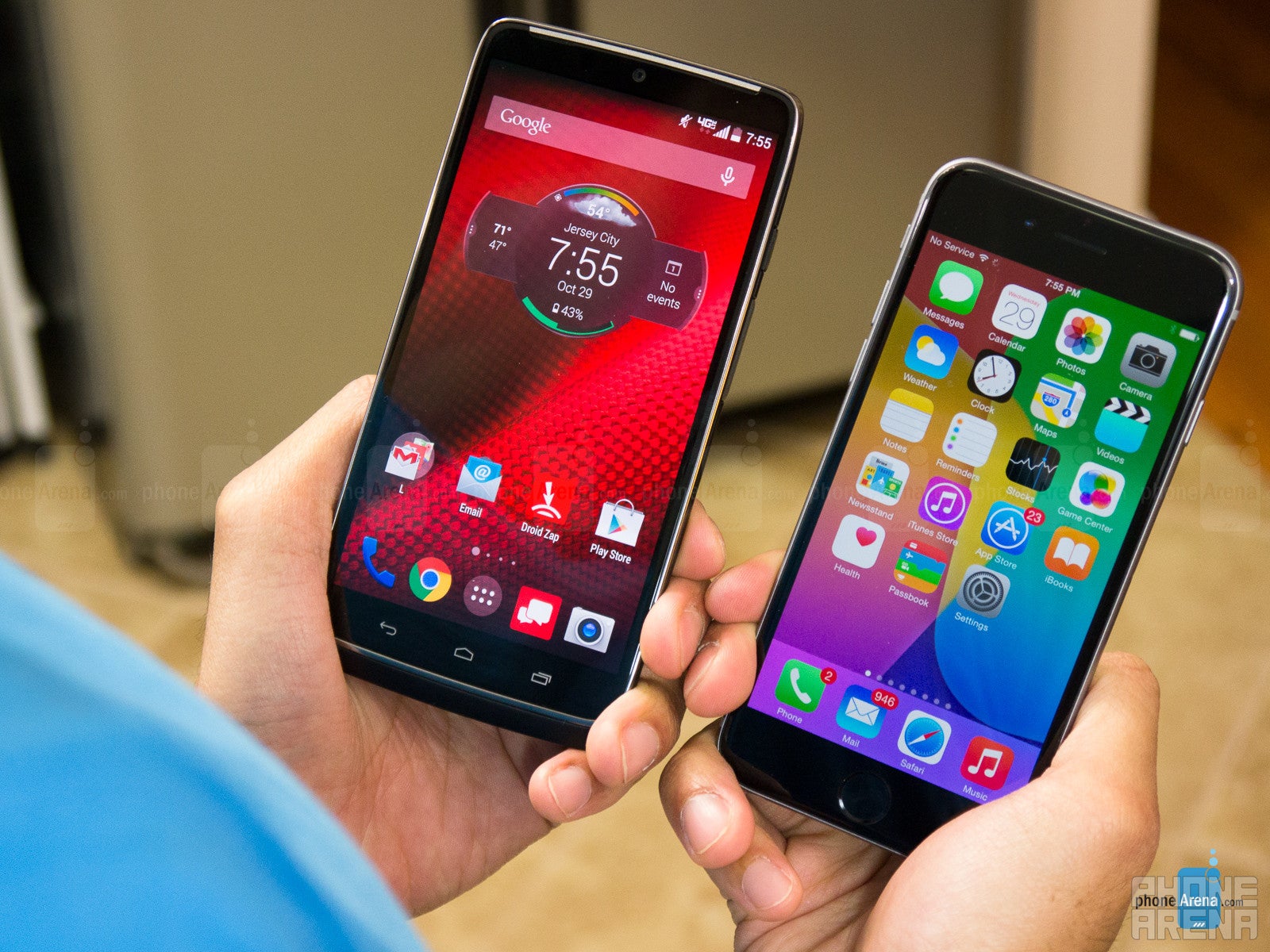
The iPhone 6, on its part, is a great performer when it comes to call quality: in the earpiece, voices have sufficient punch so you can hear them even in louder environments, plus, sound is clear. Conversely, voices sound in their natural tonality on the other end of the line as well.
Battery
Outstanding battery life: the Droid Turbo outclasses all other flagshipsand offers nearly double the battery longevity of the iPhone 6
The otherwise fairly chubby and not all that elegant Droid Turbo definitely pays off for its size compromises when we look at the battery: the 5.2 incher comes with a massive 3900mAh battery, more than double the capacity of the 1810mAh iPhone 6 juicer.
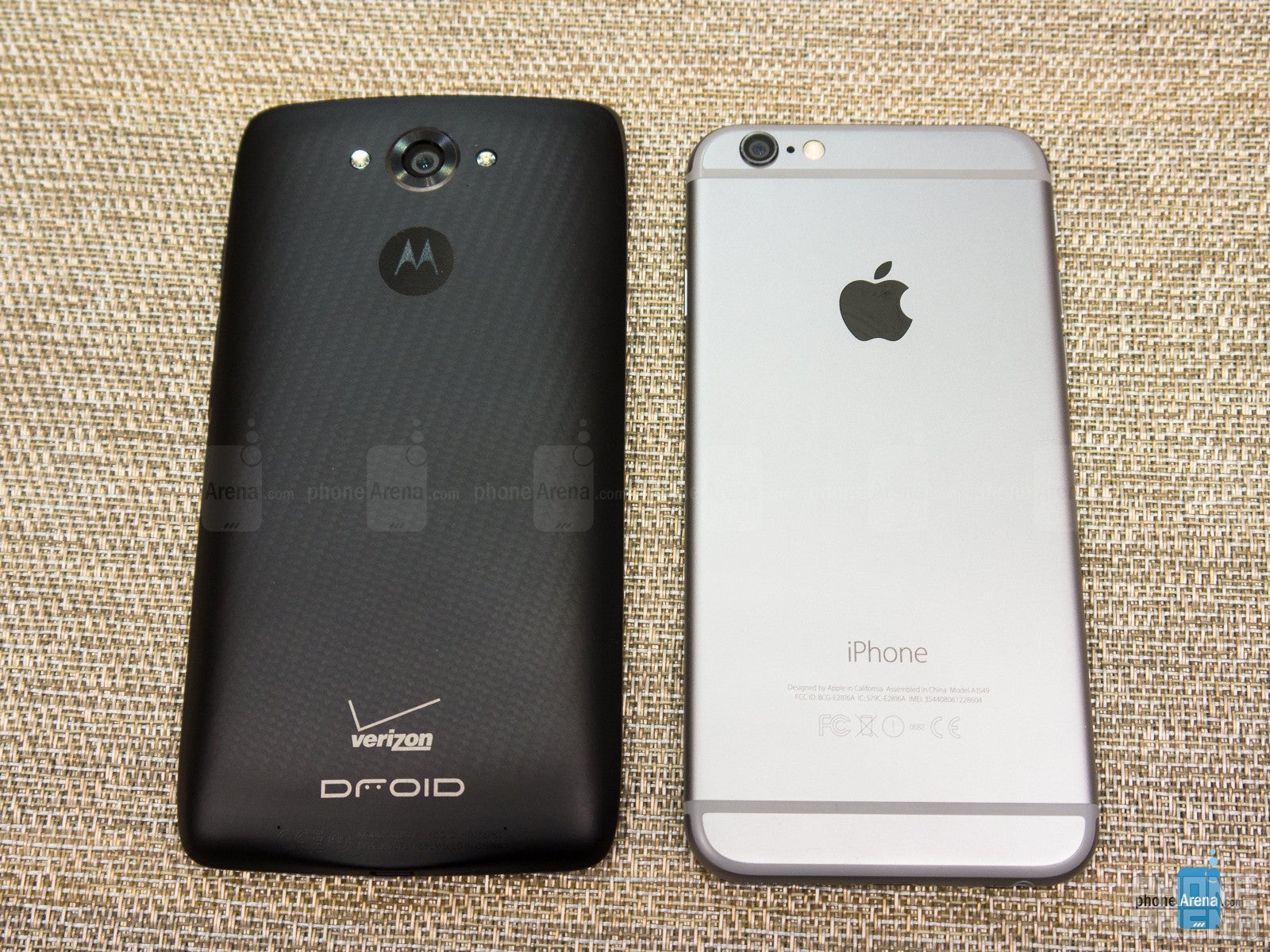
And what about the slim and elegant iPhone 6? Well, it comes up way short. It scores the disappointing 5 hours and 22 minutes on our battery life test, almost exactly... half the Droid Turbo's result. Under heavy use, you might be unpleasantly surprised by an iPhone 6 battery that has died before the end of the work day.
Conclusion
The Motorola Droid Turbo is one of the most powerful Android devices ever made, ready to overlook elegance in favor of raw silicon power, and the latest specs. In this, it reminds us in many ways of computers dedicated to gaming, down to their masculine looks - the Droid Turbo is like a little armored soldier, with its Kevlar back and durable materials. We’re happy to see the Droid Turbo is a little spec madness: with top performance, and a Quad HD 5.2” display, all subject of geek wet dreams. The Droid Turbo is close to being the perfect phone for that geek audience, and in this line of thought, it’s a pity that the phone only arrives on Verizon Wireless.
The iPhone 6 features even more powerful silicon (although it might appear shy on specs), but looking feature by feature it falls short in some notable areas: while the Droid Turbo has a super sharp Quad HD display, the iPhone 6 features a smaller screen with far lower resolution, although it is more accurate. And while Motorola is not afraid to pack in the largest battery possible in the 5.2” Droid Turbo, Apple uses a small battery pack with mediocre battery life, which is the monumental difference between the two: the Droid Turbo lasts twice as much as the iPhone 6. Both come at the same $200 on-contract price, so which is better? We will leave the decision up to you, as the iPhone 6's svelte looks will appeal more than specs to some, while hardware geeks might prefer the Droid Turbo.

Follow us on Google News
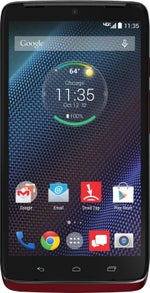
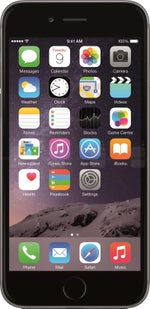










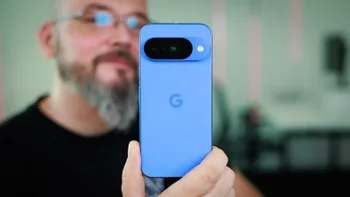
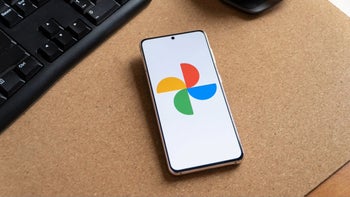
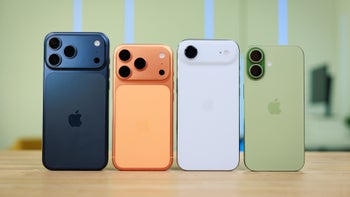
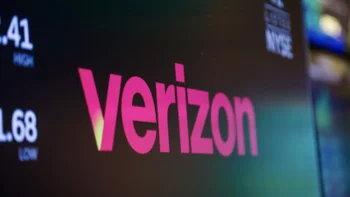
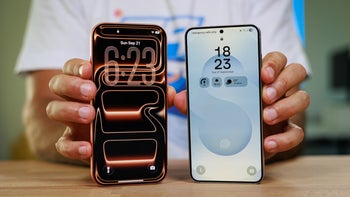
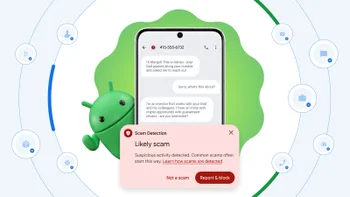
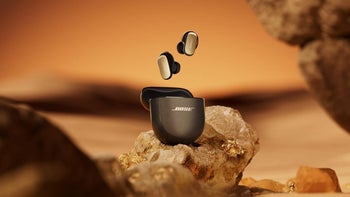
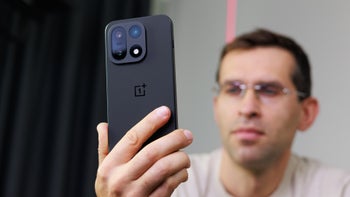
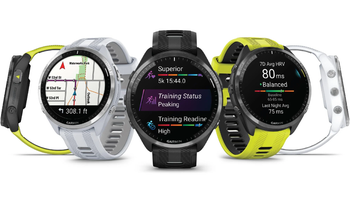
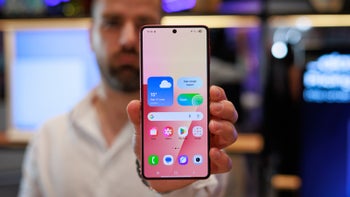

Things that are NOT allowed:
To help keep our community safe and free from spam, we apply temporary limits to newly created accounts: